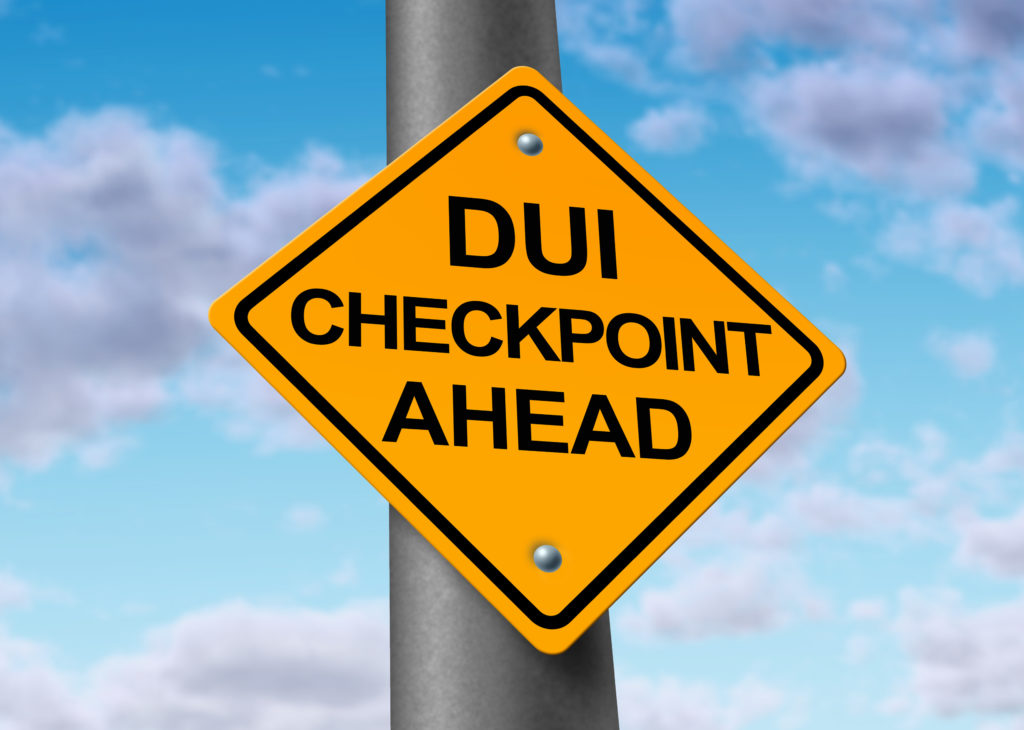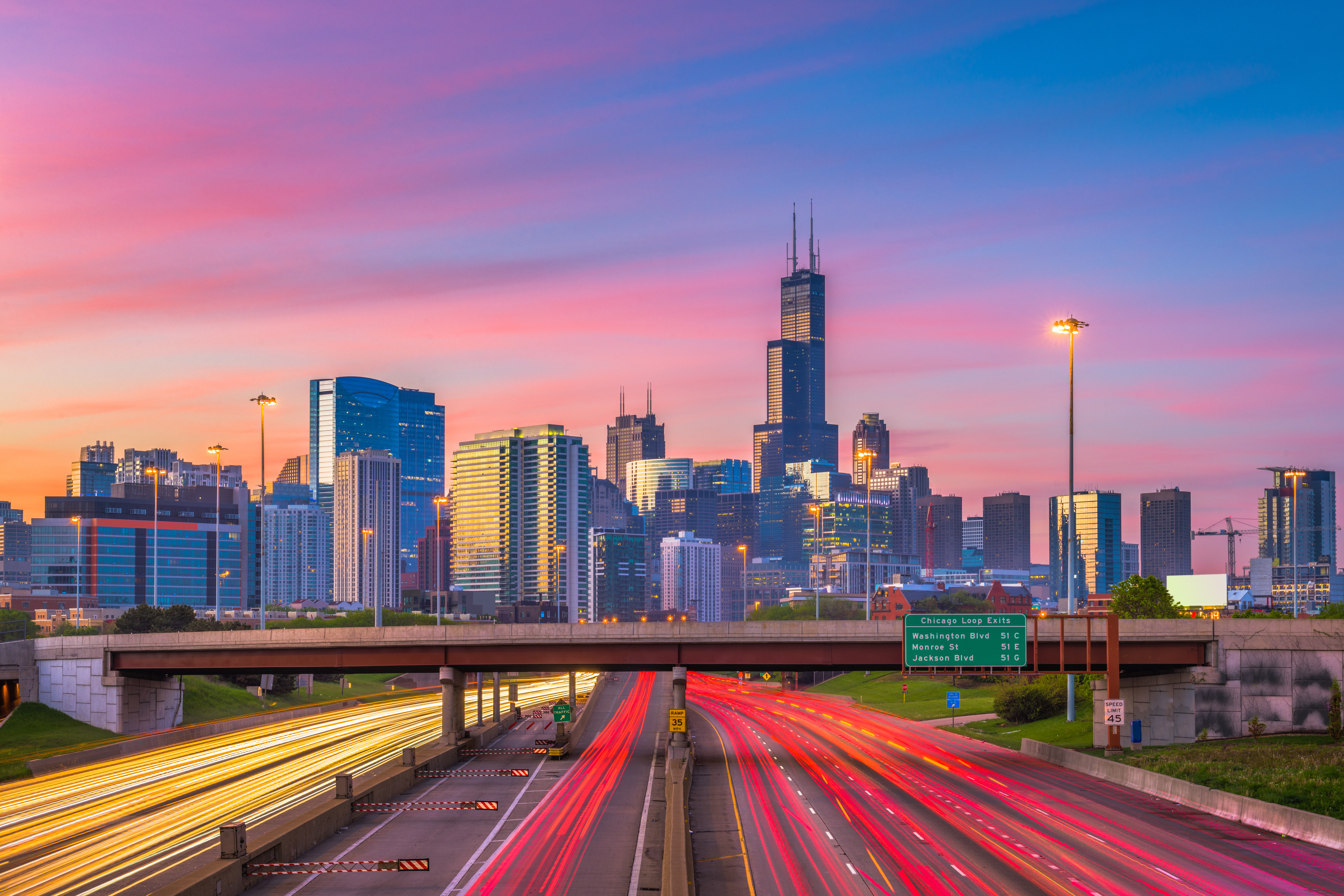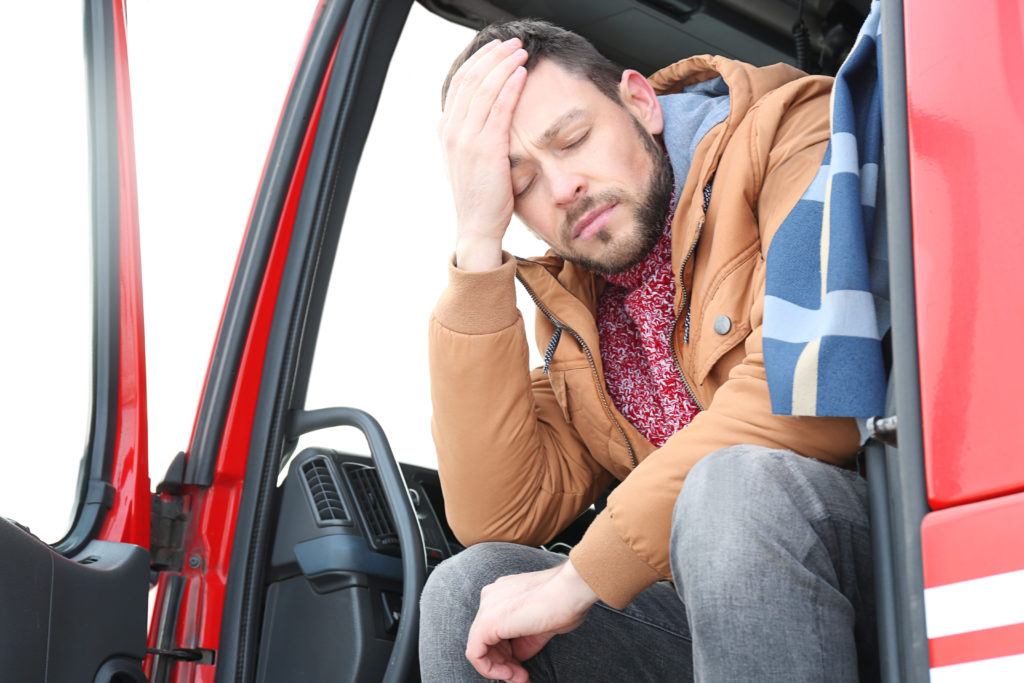
WASHINGTON – The proposed flexibility in safety rules for truck drivers–which would allow extended duty time and less-strict mandatory break time–has some families remembering truck accident-related heartbreak.
Linda Wilburn, an Oklahoma mom, was waiting for 19-year-old son Orbie to stop by the house to pick up some belongings to take back to his new rental, just 10 miles away. While heading east on I-40 from Weatherford, traffic was stalled. There, Orbie Wilburn and his 1994 Camaro were crashed into from behind by a big rig speeding down the eastbound lanes. Orbie Wilburn was killed at the scene.
The truck driver–a 41-year-old from Kentucky–also died upon impact. According to Linda Wilburn, he had driven 1,300 miles from Bakersfield, California “without a rest break at all.”
Now, Orbie’s family is finding themselves fighting against the Trump administration’s new proposed flexibility regarding rest time for truck drivers, after the hours-of-service rules were formally introduced by the Federal Motor Carrier Safety Administration on August 20th.
The new plan would allow drivers to divide mandatory 10-hour rest time up into 5-5 or 6-4 hour split, meaning that they would have complete control over how they use that time, whether they are resting or not.
The proposal would also extend driving time by two hours for those working in any conditions that could be considered “inclement weather;” it would also lengthen the maximum on-duty period from 12 to 14 hours.
Of course, there are two sides to the proposal.
Those against the possible new regulations, including highway safety organizations and grieving families like the Wilburns, point out government data showing deaths from crashes involving large trucks hitting a 10-year high in 2017.
On the other hand, commercial drivers and trucking companies are among those in favor, and believe the current rules in place for truckers are too restrictive and don’t allow for common business concerns. Although the data show an increase in truck-involved crashes, they also show a decrease in the rate of large truck-involved fatalities based on number of vehicle miles traveled.
The National Transportation Safety Board has been focusing on fatigued driving, and says it is more of a serious issue than statistics depict. The agency has deemed the reduction of fatigue-related accidents as part of its ‘Most Wanted List’ of safety improvements for 2019-2020. “Drowsy driving does not leave telltale signs,” it says. “It is widely believed to be underreported on police crash forms.”
It was also reported by FairWarning in 2015 that the trucking industry had some heavy spending behind congressional lobbying and contributions to campaigns while pushing for more flexibility for trucking companies and drivers.
“These [proposals] are opportunities for drivers to be pushed to their limits further, to drive without resting,” says Harry Adler, executive director of the Truck Safety Coalition. “It’s more [of an] opportunity for a driver to operate while fatigued, which is really detrimental.”
Adler says these proposals are a way for the trucking industry to exploit their drivers for their own gain. “How does one say that telling a truck driver, ‘You’re going to work a longer day,’ improve safety?” he asks.
The Truck Safety Coalition has witnessed the severe emotional damage of families like the Wilburns who have lost loved ones in fatigue-related crashes–many of these families now testifying before congress. These include a Florida mother who lost her 23-year-old son and daughter-in-law when a semi-truck driver fell asleep at the wheel, as well as a Maryland father who lost his wife and whose son was permanently disabled after a triple-tractor trailer driver fell asleep on the Ohio Turnpike.
If the government’s proposals “are going to keep the highways as safe as–or safer than–they currently exist,” the American Trucking Association needs to take time to do more research, Dan Horvath, vice president of ATA safety policy, said in an interview with FairWarning. “We are not quick to give an immediate response. We really do take the time to do a thorough review, to work with our members.”
Norita Taylor of the Owner-Operator Independent Drivers Association says no scheduling regulations are perfect for all commercial drivers. “The trucking industry is very diverse,” she says. She also points out that while drivers have to obey hours-of-service rules, clients and customers don’t. In fact, they often make reasonable work windows impossible for drivers. “Shippers and receivers can keep them waiting as long as they want, and they do,” she says.
Regardless, families like the Wilburns continue to fight against higher probabilities for driver fatigue.
“I vowed early on–the first few days–if there was anything that I could do to prevent this from happening to one other family, I would do it,” said Linda Wilburn. She is now a board member for Parents Against Tired Truckers, which is part of the Truck Safety Coalition.




